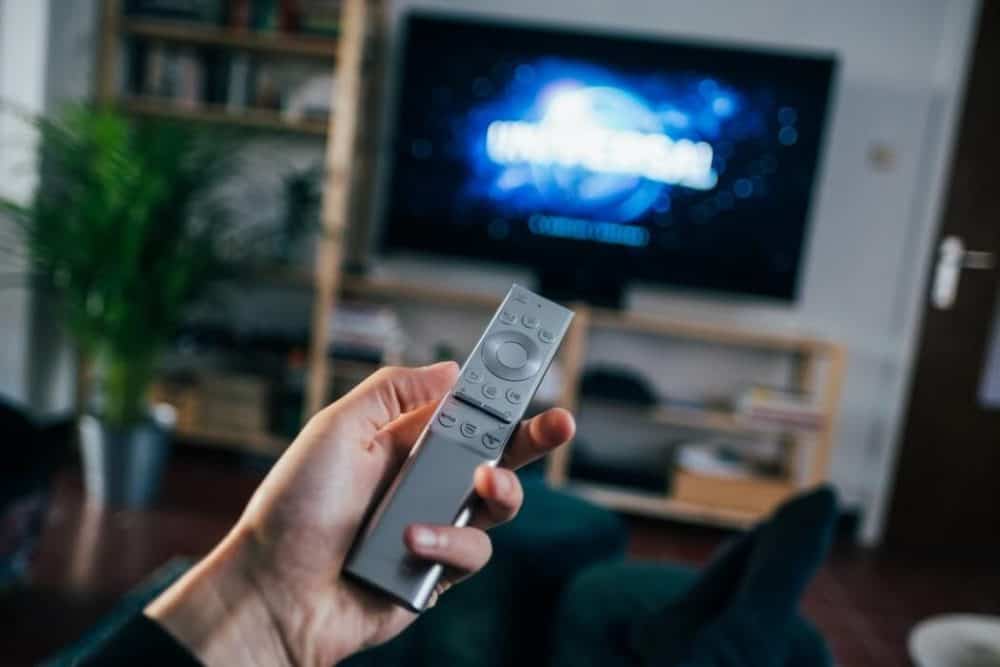If you have just brought home a feature-loaded Samsung TV, you might want to connect it with your laptop for a variety of reasons. But, lo and behold, you realize that the laptop doesn’t connect to the smart TV. Well, if this is you, fret not! You are not alone. Several users report errors connecting their laptops with the Samsung TV.
Understanding the Basics
To make things easy for their users, Microsoft has introduced a feature known as “Cast to Device.” Now, this particular feature helps the Smart TV owners connect with their Windows 10 laptops or desktops. However, one must pay proper attention when linking their devices to the Smart TV.
When you wish to connect laptop to Samsung smart TV, you might come across an error message stating that something has gone wrong. You can see a “Please Try Again” sign that pops up on your screen. However, there is no need to worry. In case Windows mirroring isn’t working with your Samsung TV, here are some quick fixes you can try and see which one works for you. But before that, let us know exactly why the laptop fails to connect with the Samsung TV wirelessly.
Why Doesn’t My Laptop Connect with the Samsung TV?
- First, connect the Samsung TV using wireless internet by following the pattern TV Menu> Network> Network Status
- Now, connect the laptop to the very same internet network
- Open the Settings> Devices option
- Now, in your laptop screen’s left panel, select this: Connected Devices> Add A Device
- Once you do this, your laptop OS will perform a quick scan & find the Samsung TV
- If found, you need to click on the TV name and then click on the entry to ensure it is added to your laptop
- Next, wait for the OS to install your Smart device and then right-click any file you plan to play with your TV
- Finally, select the option Cast to Device & then the Samsung TV
If this process doesn’t work, here is how you can take care of the issue.
1-Ensure that the Network’s Card Drivers are Updated:
The first thing you need to do after getting a connection error message is to check whether your network’s card drivers are completely updated. To check this, you need to follow this pattern:
- Press the system’s Start button and then go to the settings option
- Now, click on the network & internet option followed by the “Change Adapter” setting
- You need to click the active adapter option and then select properties
- Next, in the system’s Networking section, you need to click on the Configure option. In the pop-up window, click on its Driver section
- Now, click on the Update Driver option and then click on the option “Search Automatically for Updated Driver Software.”
- Keep waiting until the driver search is completed. If your system locates or installs any update, make sure you reboot the PC afterward
- Now you can check whether the connection is functional
If this works for you, the error could be a result of an outdated network card driver. If this isn’t a process you would want to opt for; you can try using 3rd party tools for the purpose of keeping the drivers updated.
2-Check for Network Sharing Option:
Another reason you could be failing to establish the connection is due to the disabled network sharing option. To ensure that it is enabled, follow these steps:
- By following the steps mentioned above, locate the Network & Sharing Center in the Control Panel
- Next, click on the Change Advanced Sharing option
- Now, turn on the Network Discovery feature & turn on the file-sharing feature
- Do not forget to save the changes you just made
- Finally, check if your “Cast to Device” option works
3-Laptop Stream Permission Reset:
To do this, you need to follow these steps:
- Open your Windows Media Player
- Next, select the Stream option followed by “Allow Internet Access to Home Media.”
- Click the Yes option and then Ok
- Repeat step 2 after you go back to Windows Media Player’s main menu
- Ensure that local network devices are allowed and click OK
- Close your Windows Player and check if the “Cast On Device” feature is functional
4-Check If Your Smart TV is Disabled:
Complete these steps to ensure that your Smart TV isn’t disabled:
- Press the combination R + Windows button
- Next, type in “services.msc” into the Run box that opens up & hit enter
- Search for each of these services and make sure the status is as described below
- Function Discovery Resource Publication- Manual
- DNS Client- Automatic/Triggered
- UPnP Device Host- Manual
- SSDP Discovery- Manual
If these services aren’t disabled, you are good to go.
Try out all these tips, and we hope you can successfully connect your laptop with your Samsung TV. In case these suggestions do not work out for you, make sure you consult a professional to check if there is something wrong with your laptop or Smart TV hardware.

